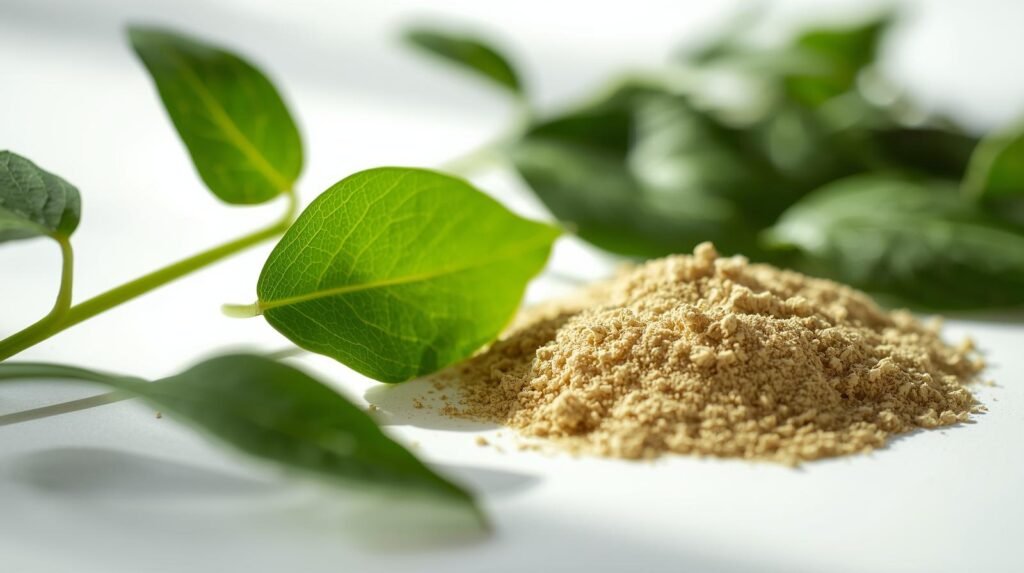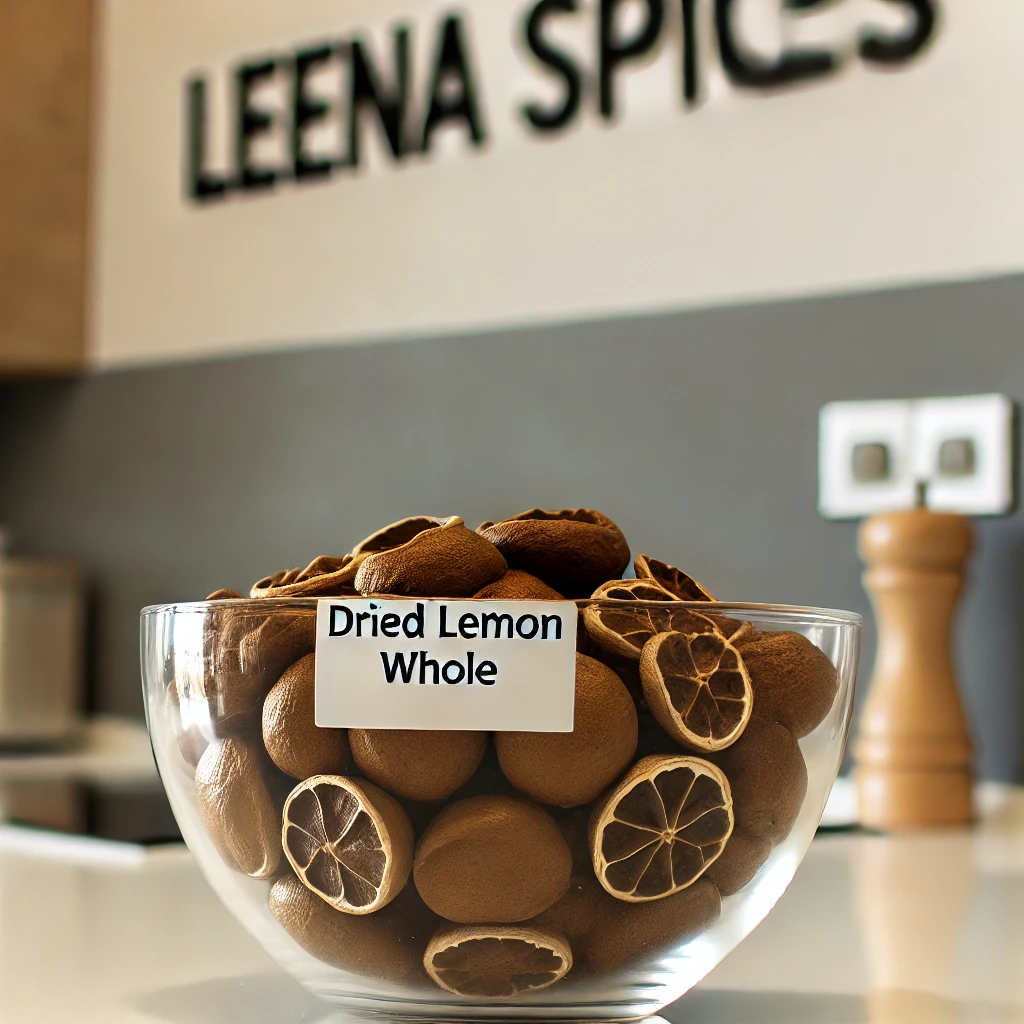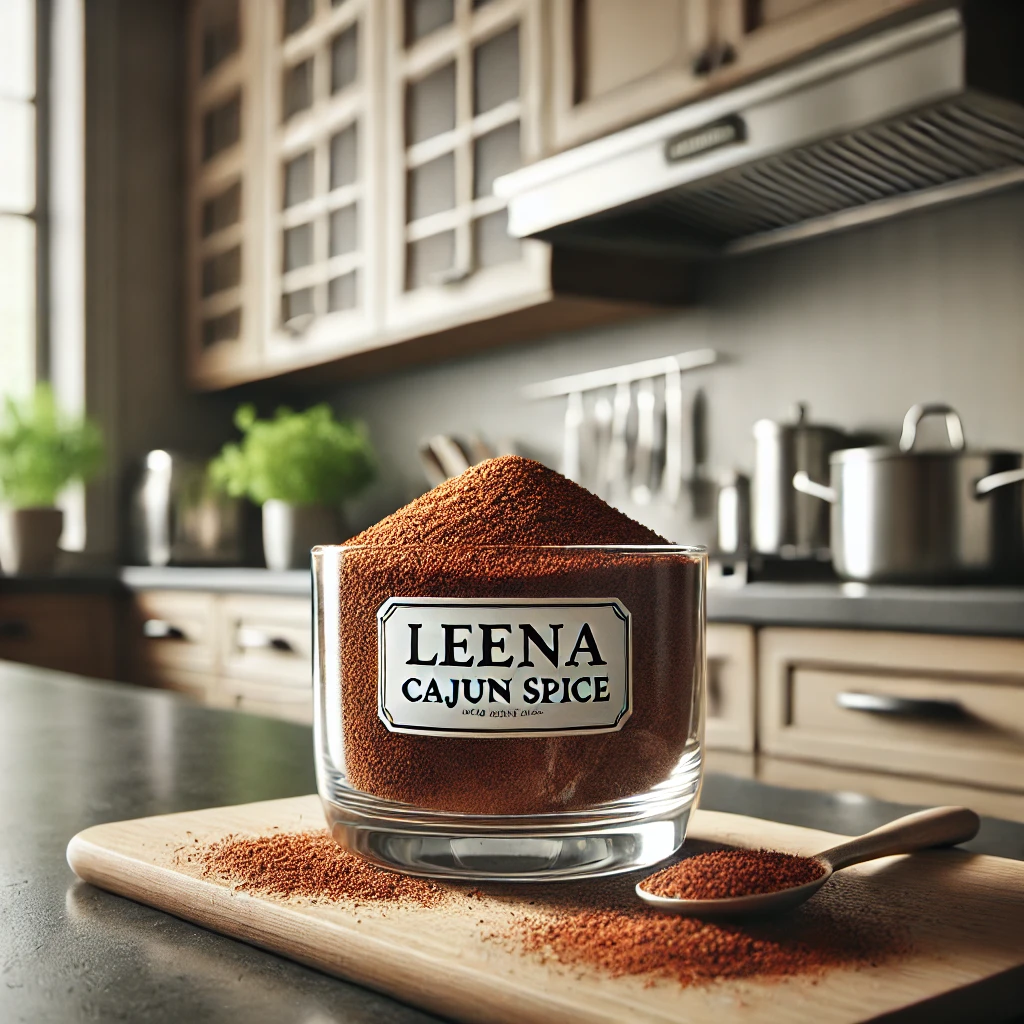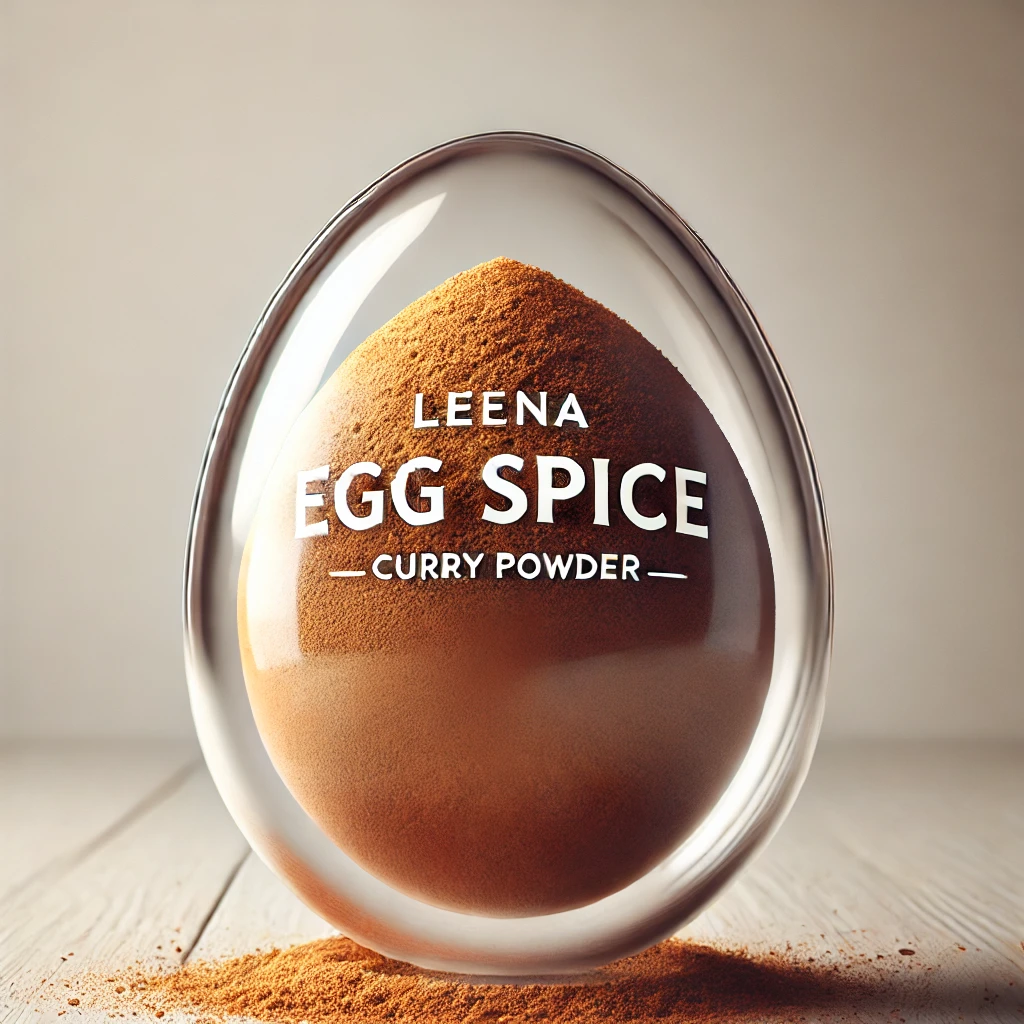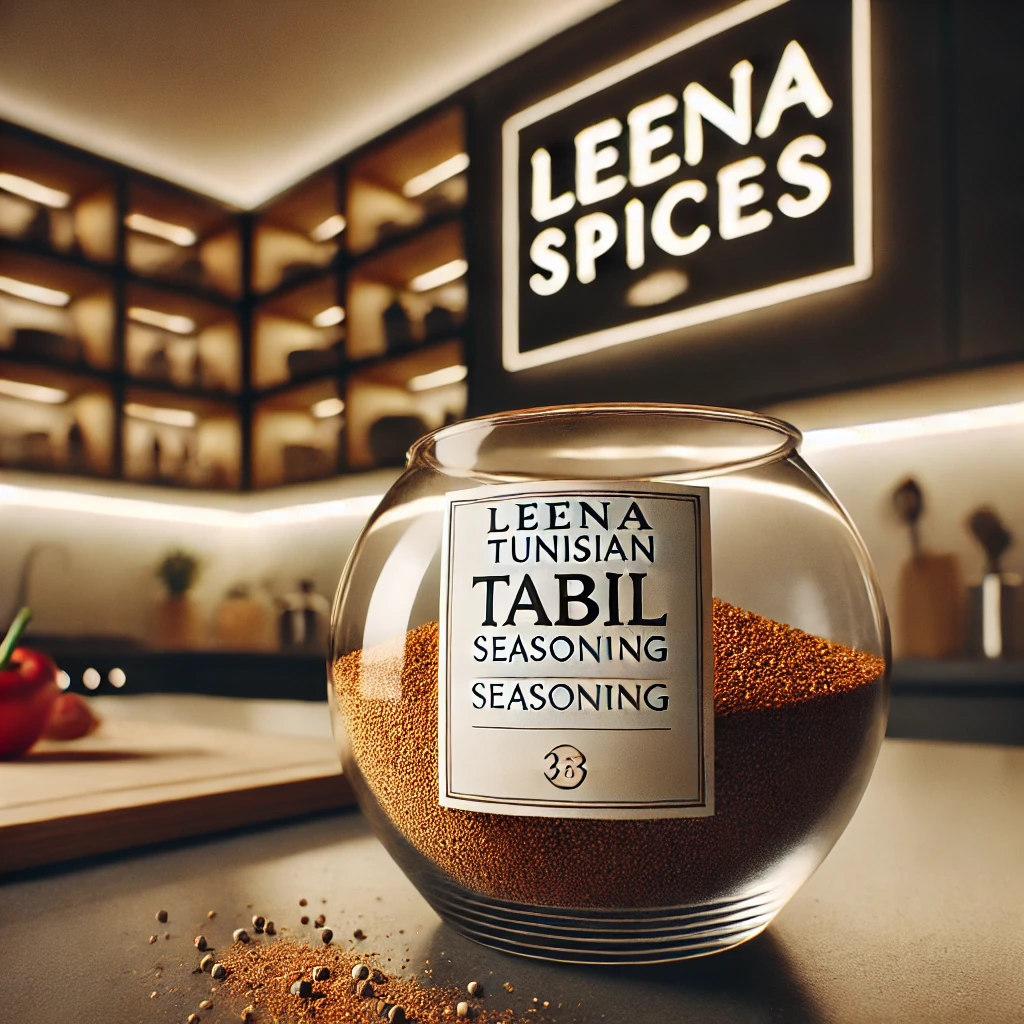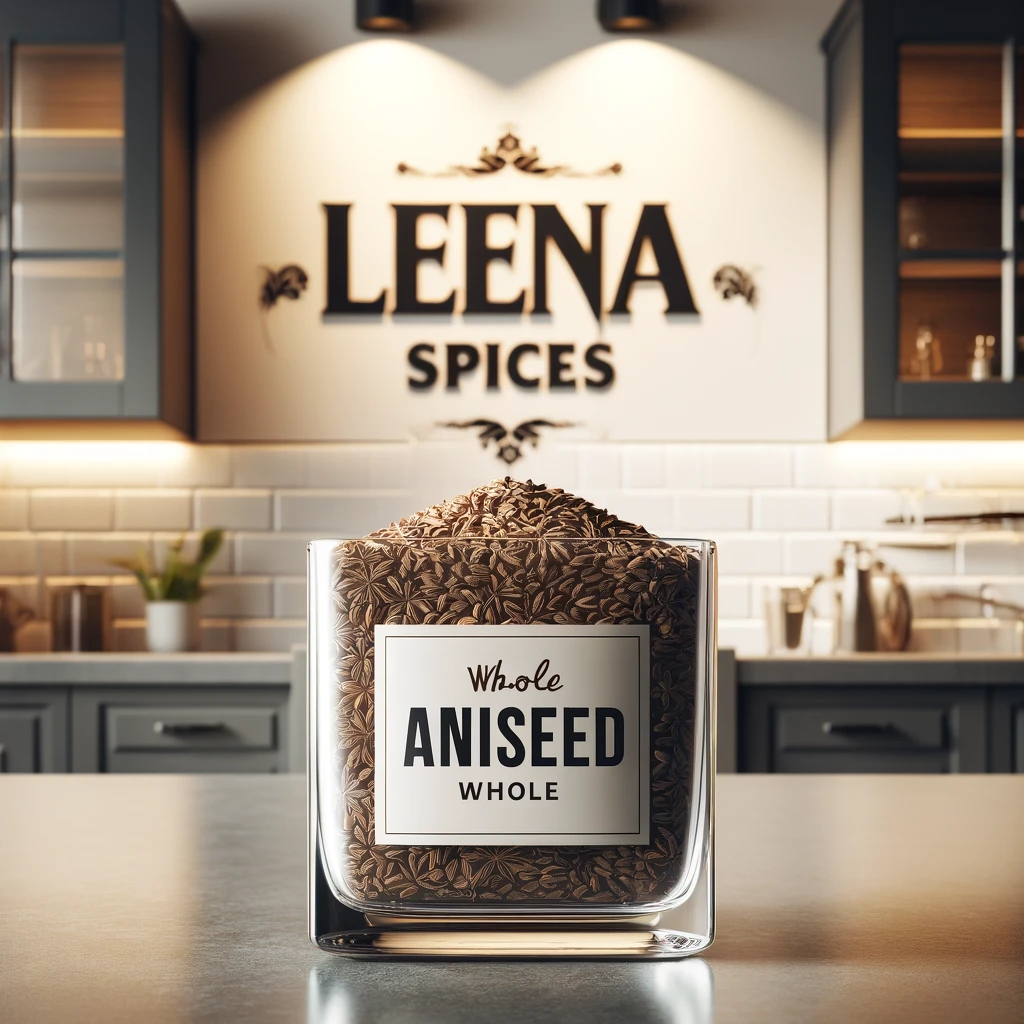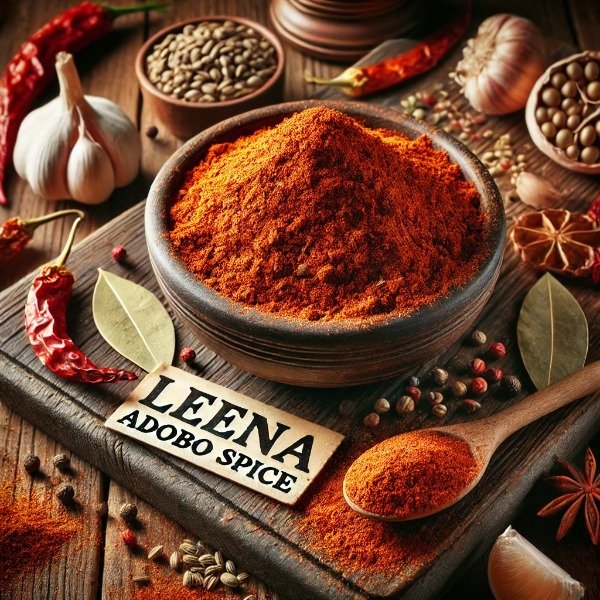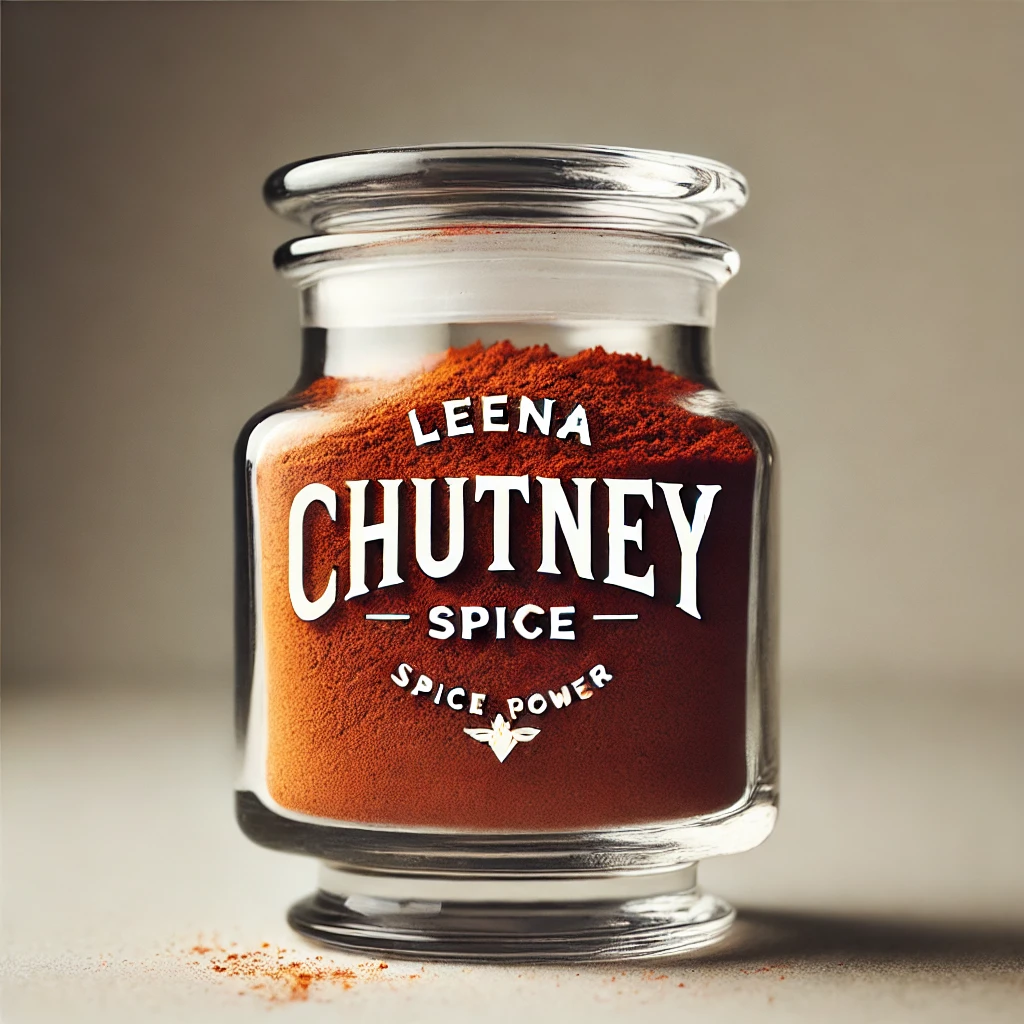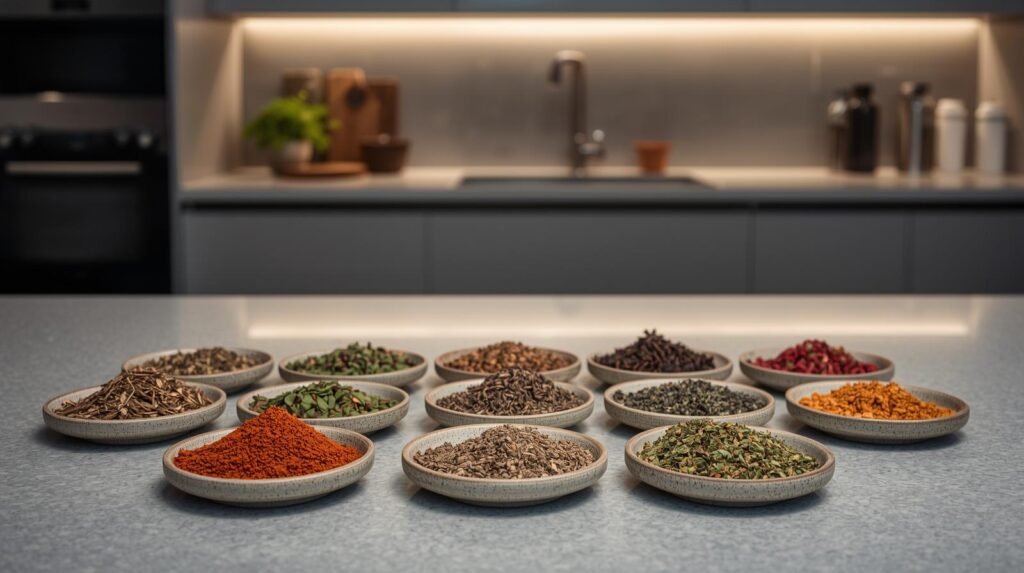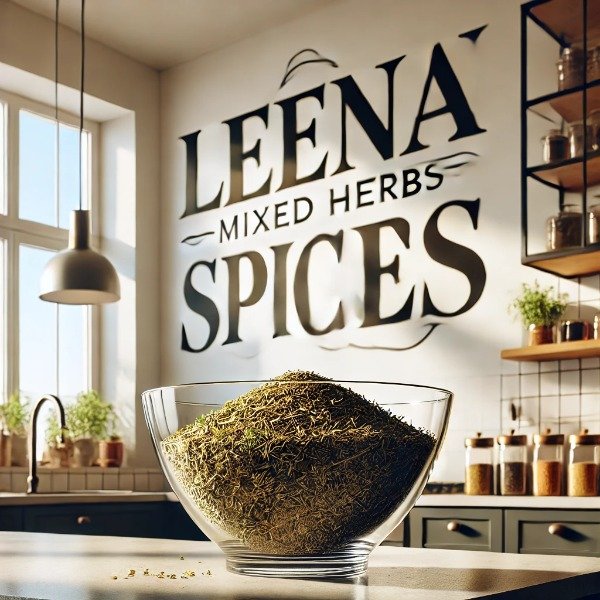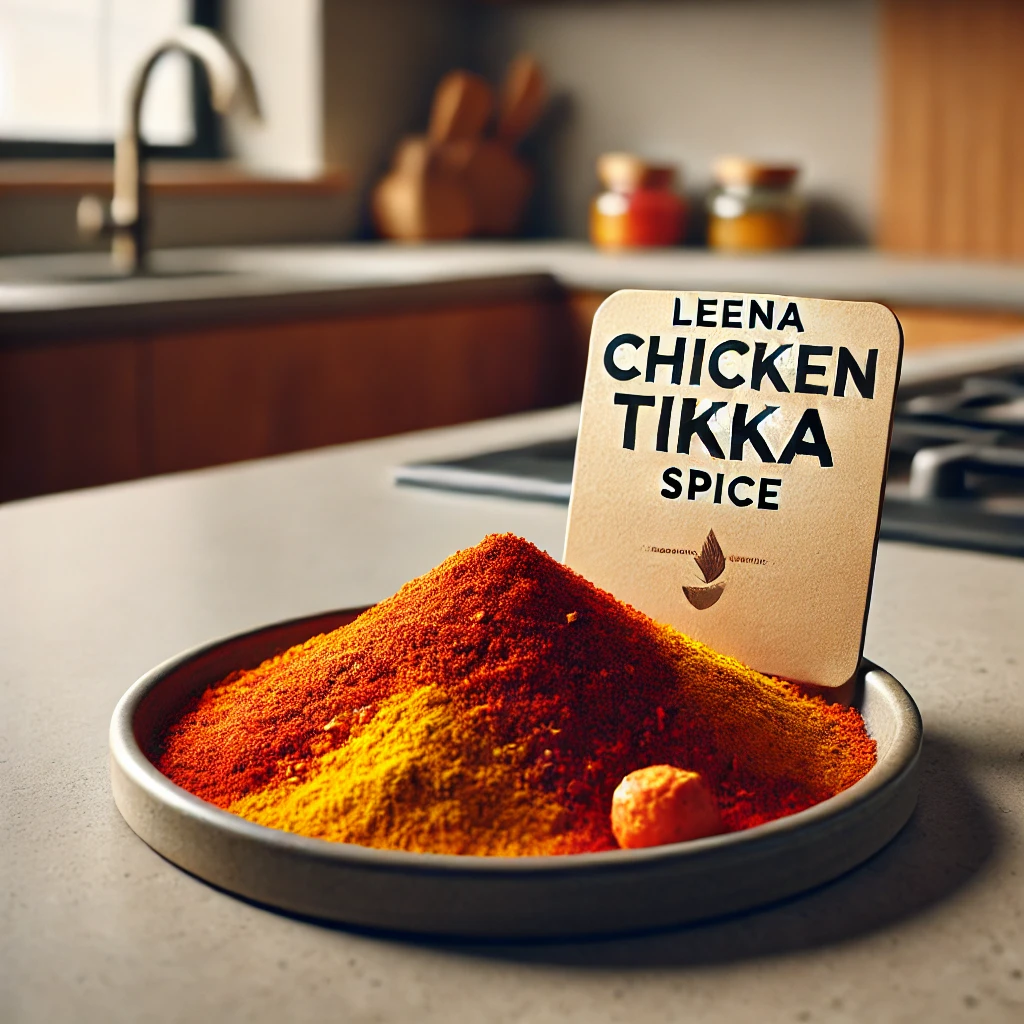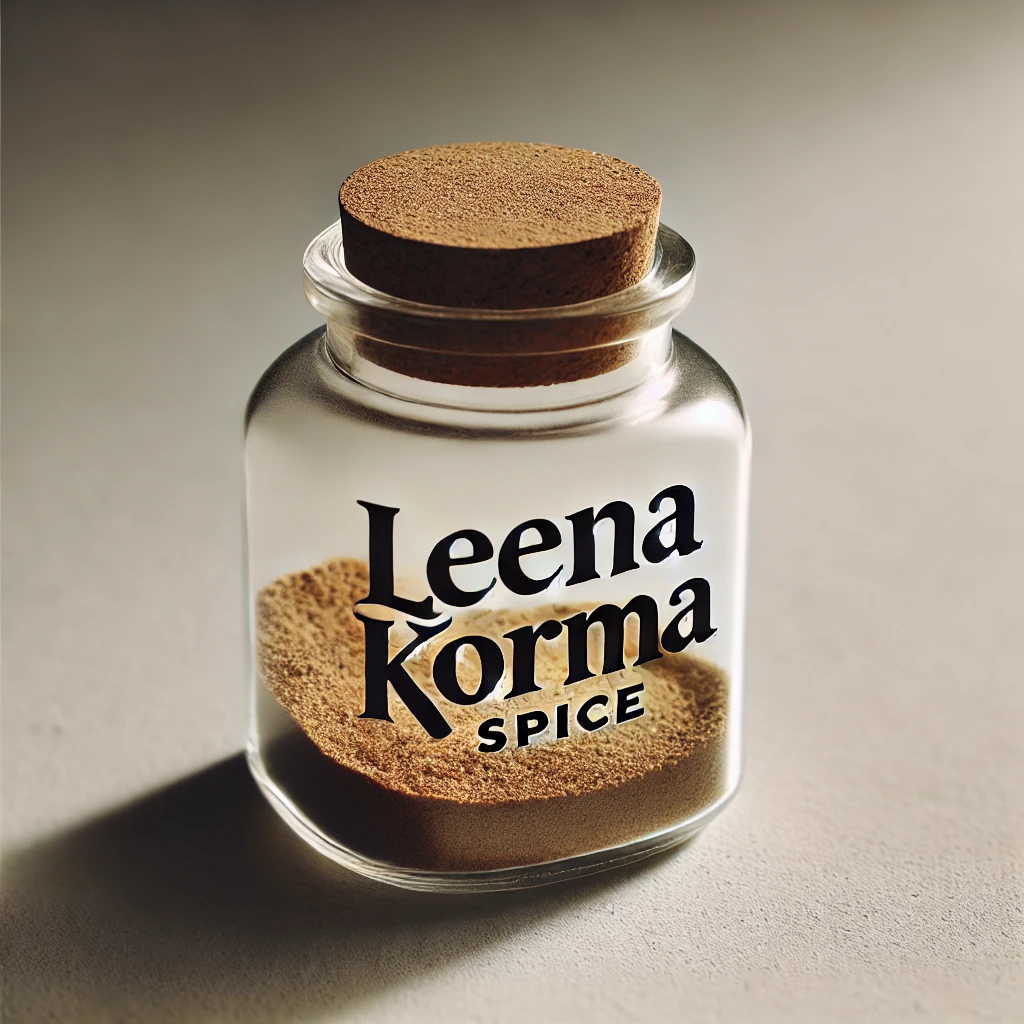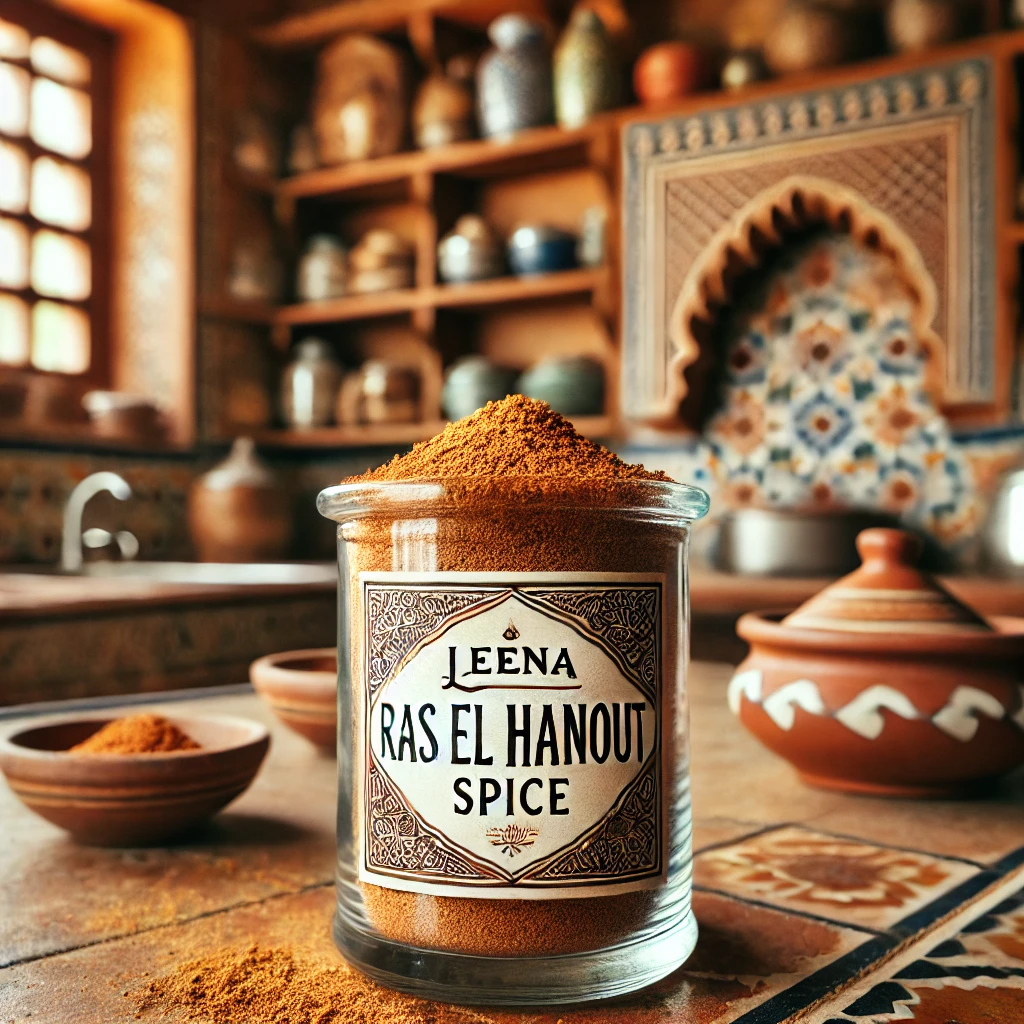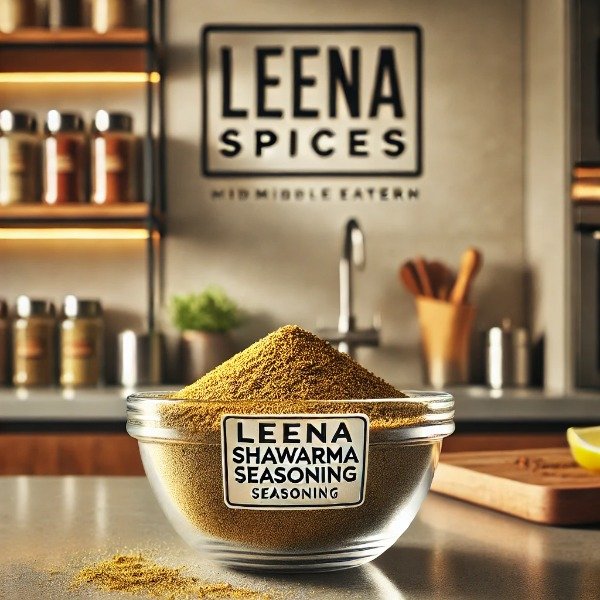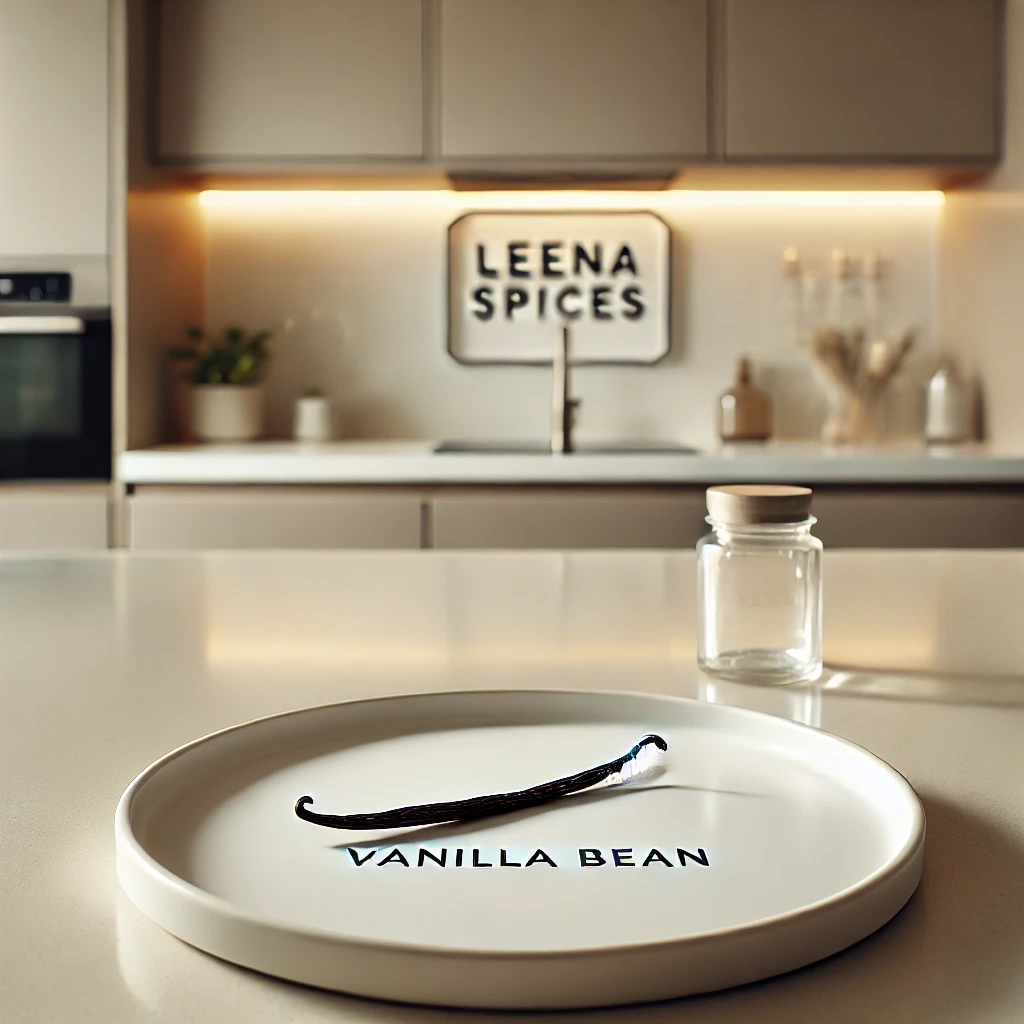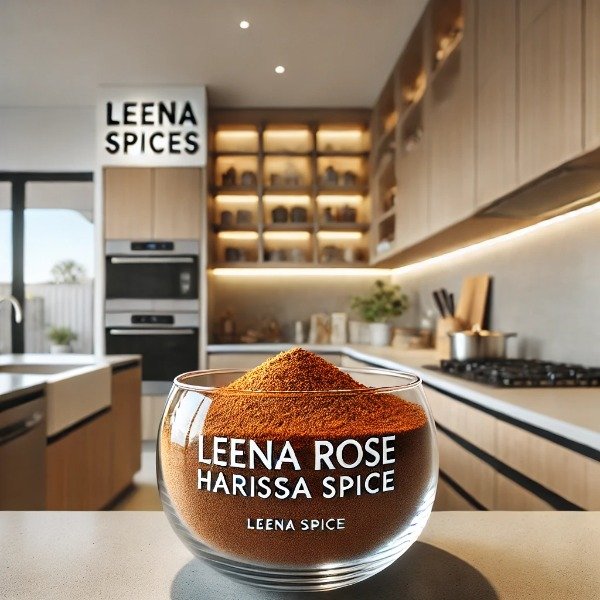Paprika 101: Unlock the Flavor, Color, and Health Benefits
Table of Contents
- Introduction
- Key Takeaways
- What is Paprika?
- What is Paprika Made From?
- How is Paprika Made?
- The Origin of Paprika
- Where Does Paprika Come From?
- Types of Paprika
- Difference Between Paprika and Smoked Paprika
- Can You Use Sweet Paprika Instead of Smoked Paprika?
- How to Use Paprika in Cooking
- Is Paprika Spicy or Sweet?
- What Does Paprika Taste Like?
- Health Benefits of Paprika
- Can You Be Allergic to Paprika?
- How to Make Paprika at Home
- Why Smoked Paprika is So Popular
- Most Popular Dishes Made with Paprika
- FAQs
- Conclusion
Discover the Magic of Paprika: A Spice That Transforms Flavor and Color
Paprika is more than just a vibrant red powder. It is a versatile spice that adds color, flavor, and aroma to dishes. Made from dried and ground red peppers, paprika ranges from mild and sweet to smoky or moderately hot, making it a staple in Hungarian, Spanish, Mediterranean, and international cuisines. Whether it is the deep, smoky notes of Spanish pimentón or the subtle sweetness of Hungarian paprika, this spice has the power to elevate everything from stews and soups to roasted vegetables, meats, and even simple garnishes.
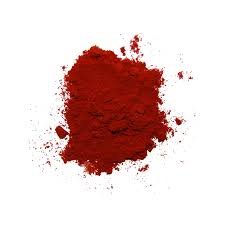
Key Takeaways
What is paprika?
A versatile ground spice made from dried red peppers, used for flavor and color
Can paprika be spicy?
Hot paprika adds heat, while sweet paprika is mild; smoked paprika varies
How is paprika used in cooking?
In rubs, marinades, sauces, stews, soups, roasted vegetables, or as a garnish
What are the health benefits of paprika?
Rich in antioxidants and vitamins, supports eye health, immunity, and reduces inflammation
Can you make paprika at home?
Yes, by drying and grinding red peppers; smoking adds smoky flavor
What is Paprika?
Paprika is a vibrant red spice made by grinding dried red peppers, typically from sweet or mild chili varieties. Its flavor can range from gently sweet and mild to smoky or slightly hot, depending on the type of pepper used and the processing method. Beyond adding flavor, paprika is prized for the rich color it brings to dishes, making it a staple in many global cuisines, particularly Hungarian, Spanish, and Mediterranean cooking.
What is Paprika Made Of?
How is Paprika Made?
Paprika is produced by harvesting fully ripe red peppers, which are then dried, using sun-drying, air-drying, oven-drying, or smoking methods. Once dried, the peppers are optionally deseeded and ground into a fine powder. The type of pepper and the drying method used determine the final flavor, whether sweet, smoky, or hot.
What is Paprika Made From?
Paprika is made from the dried and ground fruits of red peppers, usually from the species Capsicum annuum. The peppers can be sweet or mildly spicy, and the preparation—such as removing seeds for sweet varieties or keeping some seeds for hotter types—affects the flavor and heat of the final spice.
What is the Origin of Paprika?
Paprika originated in Central and South America, particularly in regions that are now Mexico and Bolivia, where indigenous peoples cultivated peppers for both culinary and medicinal purposes. Christopher Columbus introduced these peppers to Europe in the late 15th century.
In Europe, paprika evolved into the spice we know today:
- Spain: Spanish growers, including monks, developed smoked paprika (pimentón) by drying peppers over oak fires, giving the spice its distinctive smoky flavor.
- Hungary: Paprika became a national symbol, with farmers selectively breeding peppers for sweeter, milder flavors. The word “paprika” comes from the Hungarian diminutive of the Serbo-Croatian word papar, meaning pepper. Hungarian paprika now comes in a wide range of grades and flavors.
From its roots in the Americas to its refinement in Europe, paprika transformed from a simple pepper into a versatile and iconic spice used worldwide.
What Are the Different Types of Paprika?
Paprika comes in several varieties, each with distinct flavors and uses:
- Sweet Paprika: The most common type, mild and slightly sweet, with little to no heat. Often used for color and subtle flavor in a wide range of dishes.
- Hot Paprika: Made from spicier peppers, this variety adds heat and depth of flavor, commonly used in Hungarian dishes like goulash.
- Smoked Paprika (Pimentón): Peppers are dried over smoke, typically from oak wood, giving a rich, smoky taste. Available in sweet, bittersweet, and hot versions, and a staple in Spanish cuisine.
- Hungarian Paprika: Comes in multiple grades, from mild to hot, such as Noble Sweet, Delicate, and Hot, often used to achieve specific flavors in traditional Hungarian recipes.
- Spanish Paprika (Pimentón de la Vera): Usually smoked and available as sweet, bittersweet, or hot, it provides a distinctive smoky flavor in Spanish dishes.
Each type of paprika brings unique color, flavor, and heat levels, making it a versatile spice for many culinary applications.
What is the Difference Between Paprika and Smoked Paprika?
- Paprika: Made from dried red peppers that are simply ground into a powder. It has a mild, slightly sweet, and earthy flavor, commonly used to add color and subtle taste to dishes.
- Smoked Paprika (Pimentón): Made from red peppers that are smoke-dried, often over oak wood, before grinding. This gives the spice a rich, deep smoky flavor and aroma, widely used in Spanish cuisine.
In short, smoked paprika adds a distinct smoky taste, while regular paprika provides mild sweetness and color.
Can You Use Sweet Paprika Instead of Smoked Paprika?
Yes, sweet paprika can be used as a substitute for smoked paprika, but the dish will lack the characteristic smoky flavor. Sweet paprika still provides mild sweetness and vibrant color. To replicate the smokiness, you can add a small amount of liquid smoke or smoked sea salt.
What is the Use of Paprika Powder?
Paprika powder is a versatile spice used to add color, flavor, and mild heat to a variety of dishes. It enhances the taste and appearance of stews, soups, sauces, and meat dishes like goulash or chicken paprikash. Paprika is also commonly used in spice blends, rubs, and marinades for roasting or grilling.
Additionally, it works beautifully as a garnish, adding a vibrant red hue and subtle flavor to deviled eggs, potatoes, rice, or grilled vegetables. Cooking paprika gently with oil or fat helps release its aroma and maximizes its flavor.
What Does Paprika Taste Like?
The flavor of paprika varies depending on the type:
- Sweet Paprika: Mild, slightly sweet, and earthy, with little to no heat.
- Hot Paprika: Spicy, with a peppery warmth that is generally milder than cayenne pepper.
- Smoked Paprika: Rich and smoky, sometimes with a subtle sweetness or slight bitterness, depending on the variety.
Overall, paprika adds depth, color, and gentle warmth to dishes. Its flavor can be further enhanced when lightly cooked in oil or fat, which helps release its aroma and intensity.
Does Paprika Have Any Health Benefits?
Yes, paprika offers several potential health benefits, even in small amounts. It is rich in antioxidants, supports eye health, boosts the immune system, has anti-inflammatory properties, and may aid digestion.
What Are the Health Benefits of Paprika?
Paprika is more than just a flavorful spice as it also offers several potential health benefits, even when used in small amounts:
- Rich in Antioxidants: Paprika contains carotenoids like beta-carotene, lutein, and zeaxanthin, which help protect cells from oxidative stress and reduce inflammation.
- Supports Eye Health: The high vitamin A content and carotenoids may improve vision and lower the risk of age-related macular degeneration and cataracts.
- Boosts Immunity: Vitamins A, C, and E in paprika support immune function, skin health, and collagen production.
- Anti-Inflammatory Properties: Capsaicin in hot paprika has anti-inflammatory effects that may reduce pain and support metabolic health.
- Supports Heart and Blood Health: Paprika contains iron and may help improve cholesterol levels by raising good HDL and lowering bad LDL cholesterol.
- Potential Protective Effects: Some compounds in paprika, including antioxidants and capsaicin, may have anticancer properties and support overall wellness.
- Aids Digestion: Capsaicin in hot varieties can stimulate digestion and improve metabolism.
Overall, paprika is a nutrient-dense spice that not only enhances flavor and color but also contributes beneficial compounds to your diet.
Can You Be Allergic to Paprika?
Yes, it is possible to be allergic to paprika, though such allergies are uncommon. Paprika is made from peppers (Capsicum annuum), which belong to the nightshade family, so individuals sensitive to other nightshades like tomatoes, potatoes, or eggplants may also react to paprika.
Symptoms of a paprika allergy can range from mild to severe and may include:
- Itching or tingling in the mouth
- Hives, rashes, or swelling of the lips, face, or tongue
- Nasal congestion or breathing difficulties
- Digestive discomfort
- In rare cases, anaphylaxis, which requires immediate medical attention
Some people may also experience irritation from the capsaicin in hot paprika, which is not an allergy but a chemical sensitivity. If you suspect an allergy, it’s important to consult a doctor.
How Do You Use Paprika in Cooking?
Common ways to use paprika include:
- As a seasoning or rub: Perfect for meats like chicken, pork, beef, or ribs, paprika forms the base of dry rubs and marinades.
- In stews and soups: Key in traditional dishes like Hungarian goulash or chicken paprikash, it adds depth and richness.
- In sauces and dressings: Paprika can be blended into sauces, dips, and marinades to build flavor and warmth.
- As a garnish: A sprinkle of paprika brightens deviled eggs, hummus, mashed potatoes, or creamy dishes with vibrant color and a subtle flavor boost.
- Cooking technique tip: Adding paprika early when sautéing onions, garlic, or other aromatics helps release its aroma and enhances the dish’s overall taste.
Paprika’s versatility makes it ideal for roasting, grilling, sautéing, or finishing dishes, providing both visual appeal and a mild, flavorful kick.
What is the Best Way to Make Paprika at Home?
Making paprika at home allows you to create a fresh, flavorful spice with vibrant color. The process involves selecting the right peppers, drying them, and grinding them into powder.
Step 1: Choose and Prepare Peppers
- Select fully ripe red peppers. Use sweet bell peppers for mild paprika, hotter chili varieties for spicy paprika, or peppers suitable for smoking if making smoked paprika.
- Wash the peppers thoroughly, remove stems, seeds, and membranes, and slice them into thin, uniform strips for faster drying.
- Optional: Wear gloves when handling hot peppers to prevent skin irritation.
Step 2: Dry the Peppers
- Dehydrator: Dry at 125–135°F (52–57°C) for 8–12 hours until brittle.
- Oven: Spread on a baking sheet and dry at the lowest temperature (~135–140°F or 57°C) with the door slightly ajar for airflow, checking regularly.
- Air-drying: Place in a well-ventilated, warm area out of direct sunlight for 1–2 weeks until completely dry.
- For smoked paprika: Smoke the peppers over oak or fruitwood for 1–2 hours before drying.
Step 3: Grind the Peppers
- Once fully dried and cooled, grind the peppers using a spice grinder, coffee grinder, or high-powered blender until a fine, uniform powder forms.
- Optional: Sift through a fine-mesh sieve and re-grind any coarse pieces for an extra-fine texture.
Step 4: Store the Paprika
- Transfer the powder to an airtight container and store in a cool, dark place to maintain freshness, flavor, and vibrant color. Properly stored, homemade paprika can last up to six months.
By following these steps, you can create your own sweet, hot, or smoky paprika tailored to your taste preferences.
Why is Smoked Paprika So Popular?
Smoked paprika has gained global popularity because it delivers a rich, smoky flavor without the need for grilling or smoking. Its deep, woodsy aroma adds complexity and warmth to a wide range of dishes, from meats and stews to vegetarian meals.
Reasons for its popularity include:
- Complex Flavor: Smoked paprika provides a savory, smoky depth that regular paprika cannot, transforming dishes with minimal effort.
- Versatility: It works in many cuisines, including Spanish, American barbecue, and plant-based cooking. It enhances rubs, marinades, sauces, stews, and roasted vegetables.
- “Meaty” Flavor for Plant-Based Dishes: Its smoky taste can mimic bacon or grilled meats, making it a favorite in vegetarian and vegan recipes.
- Visual Appeal: Like all paprika, it adds a vibrant red color, improving the presentation of any dish.
Overall, smoked paprika is beloved for its ability to elevate flavor, aroma, and appearance, making it a staple in kitchens worldwide.
What Are the Most Popular Dishes Made with Paprika?
- Hungarian Goulash (Gulyás): A hearty beef stew where Hungarian paprika provides the signature red color and rich, earthy flavor.
- Chicken Paprikash (Csirkepaprikás): Tender chicken simmered in a creamy, paprika-infused sauce, often finished with sour cream for a classic Hungarian taste.
- Spanish Chorizo: This cured sausage owes its deep red hue and smoky flavor to smoked paprika (pimentón).
- Paella: Traditional Spanish rice dishes often include smoked paprika to add warmth, depth, and a subtle smoky aroma.
- Patatas Bravas: A popular Spanish tapas dish of fried potatoes served with a spicy paprika-based sauce.
- Deviled Eggs: A simple garnish of paprika adds vibrant color and a mild, sweet flavor.
- Paprika-Spiced Roasted or Grilled Meats: Chicken, pork, beef, and even vegetables benefit from paprika rubs or marinades.
- Soups and Stews: From classic Hungarian dishes to Tex-Mex chili or shakshuka, paprika enhances both flavor and appearance.
Paprika’s ability to impart sweetness, mild heat, or smokiness, along with its striking color, makes it a staple in both traditional and modern cuisines around the world.
Frequently Asked Questions (FAQ)
What is paprika?
Paprika is a ground spice made from dried red peppers, ranging from sweet and mild to smoky or hot, widely used for flavor and color.
What is paprika made from?
It is made from dried and ground red peppers, typically of the Capsicum annuum species, including sweet, mild, and hot varieties.
How is paprika made?
Ripe red peppers are dried by air, sun, oven, or smoke and then ground into a fine powder. The drying method affects flavor, from sweet to smoky or spicy.
Where does paprika come from?
Paprika originates from Central and South America and was introduced to Europe by Spanish explorers in the 16th century, becoming a culinary staple in Hungary and Spain.
What are the different types of paprika?
- Sweet Paprika: Mild, slightly sweet flavor.
- Hot Paprika: Adds heat and color.
- Smoked Paprika (Pimentón): Smoked peppers for a rich, smoky taste.
- Hungarian and Spanish varieties have further subcategories.
What is the difference between paprika and smoked paprika?
Regular paprika is made from dried peppers, while smoked paprika is made from peppers smoke-dried over wood, giving it a deep, smoky flavor.
Can you use sweet paprika instead of smoked paprika?
Yes, but the smoky flavor will be missing. You can mimic it with smoked salt or a drop of liquid smoke.
How do you use paprika in cooking?
Paprika adds color, flavor, and mild heat to meats, vegetables, soups, stews, sauces, rubs, and as a garnish. Cooking it gently in oil releases its aroma.
Is paprika spicy or sweet?
It depends on the type. Sweet paprika is mild, hot paprika adds heat, and smoked paprika can be sweet or mildly hot.
What does paprika taste like?
Paprika ranges from mild, sweet, and slightly fruity to smoky or moderately spicy, depending on the variety.
Does paprika have health benefits?
Yes. Paprika is rich in antioxidants (carotenoids), vitamins A, C, E, and B6, iron, and capsaicin in hot varieties. It may support eye health, immunity, reduce inflammation, aid digestion, and improve cholesterol.
Can you be allergic to paprika?
Yes, especially if sensitive to nightshades. Symptoms can include itching, rashes, swelling, or, rarely, anaphylaxis.
How to make paprika at home?
Select fully ripe peppers, remove stems and seeds, dry by dehydrator, oven, or air, optionally smoke for smoky flavor, then grind into powder and store in an airtight container.
Why is smoked paprika so popular?
It adds rich, smoky flavor and vibrant color without grilling, enhances meats, vegetables, stews, and vegan dishes, and adds depth and aroma.
What are the most popular dishes made with paprika?
- Hungarian Goulash
- Chicken Paprikash
- Spanish Chorizo
- Paella
- Patatas Bravas
- Deviled Eggs
- Roasted or grilled meats and vegetables
- Soups and stews
Conclusion
Paprika is much more than a colorful garnish—it’s a versatile spice that transforms dishes with flavor, aroma, and vibrant red hue. From sweet and mild to smoky and hot, paprika enhances everything from traditional Hungarian goulash and chicken paprikash to Spanish chorizo and paella. Beyond its culinary appeal, paprika offers health benefits through antioxidants, vitamins, and anti-inflammatory compounds. Understanding the types, uses, and how to make your own at home allows cooks to maximize its flavor and versatility in every meal.



